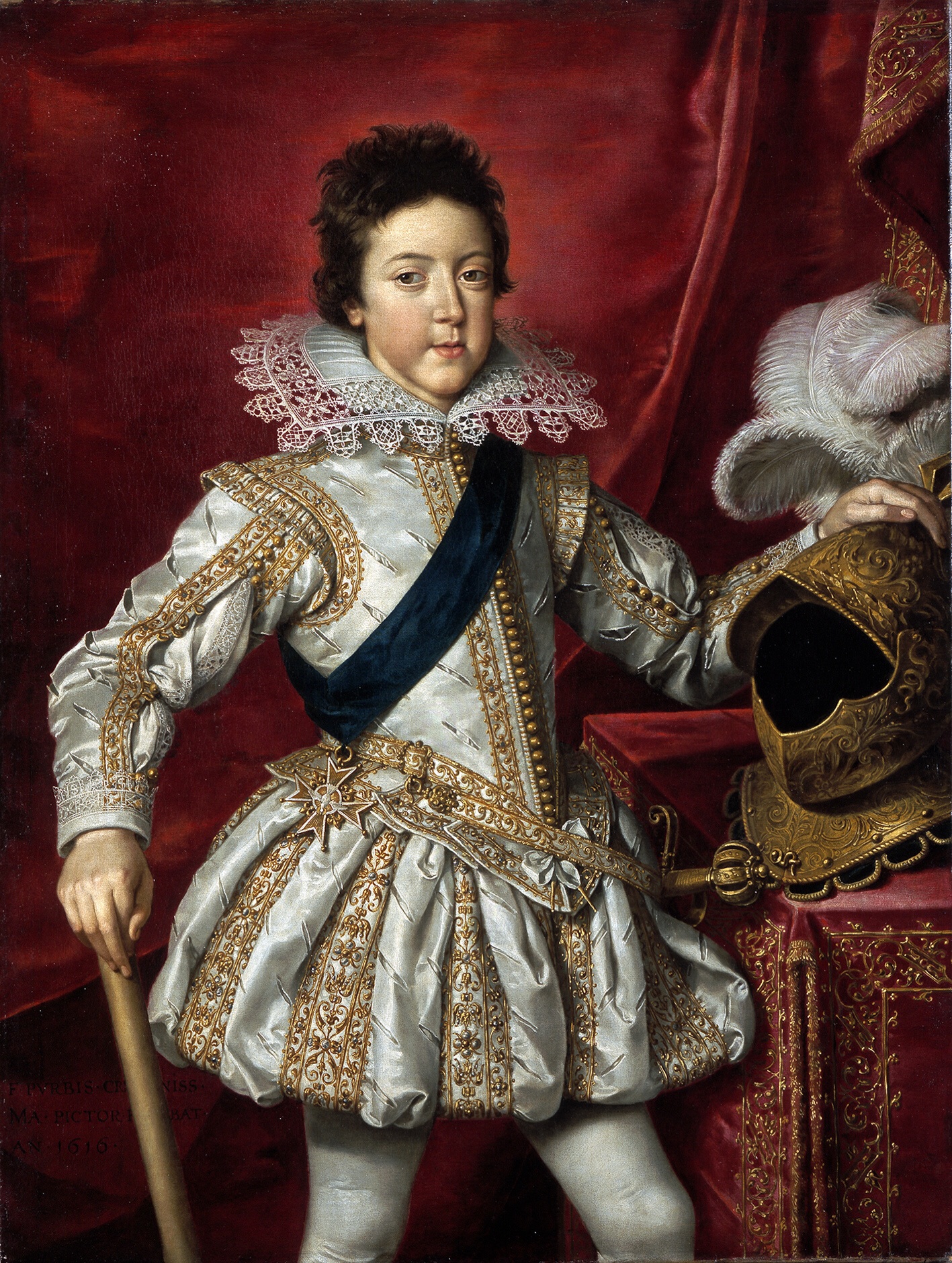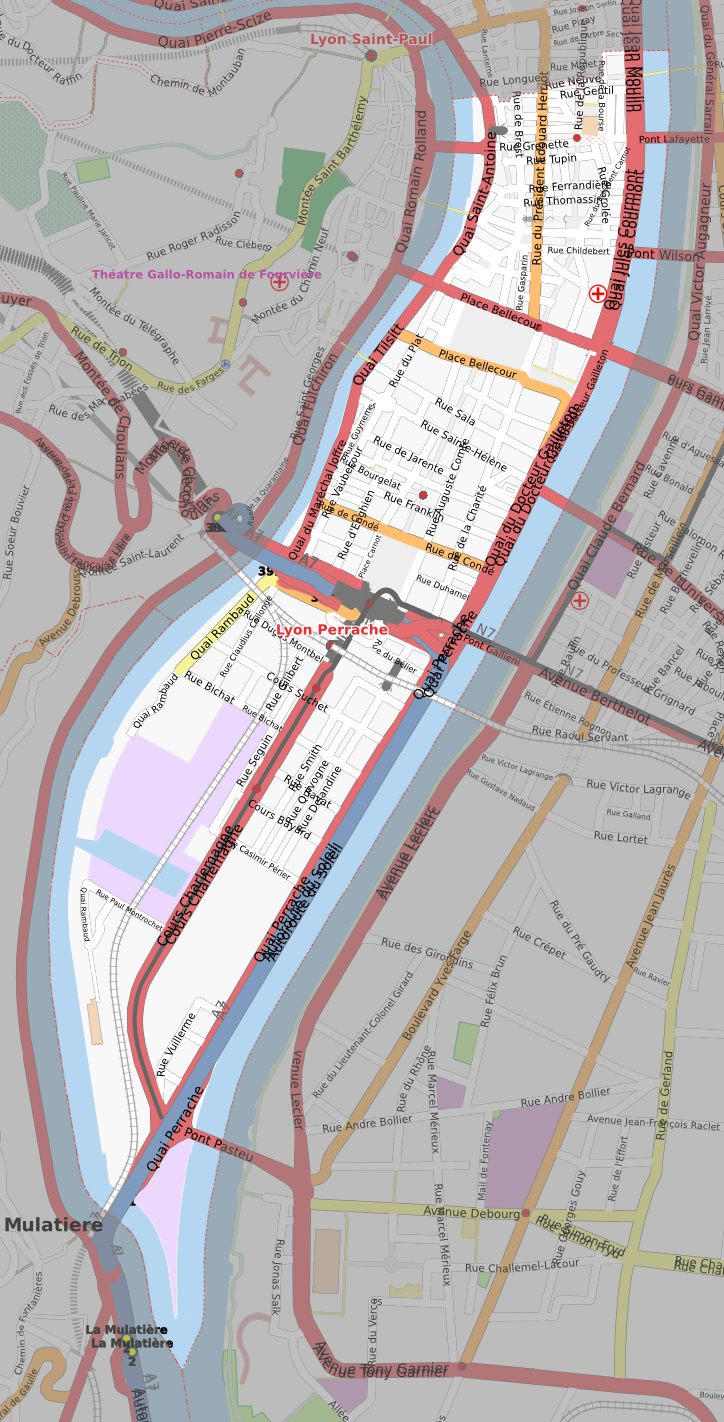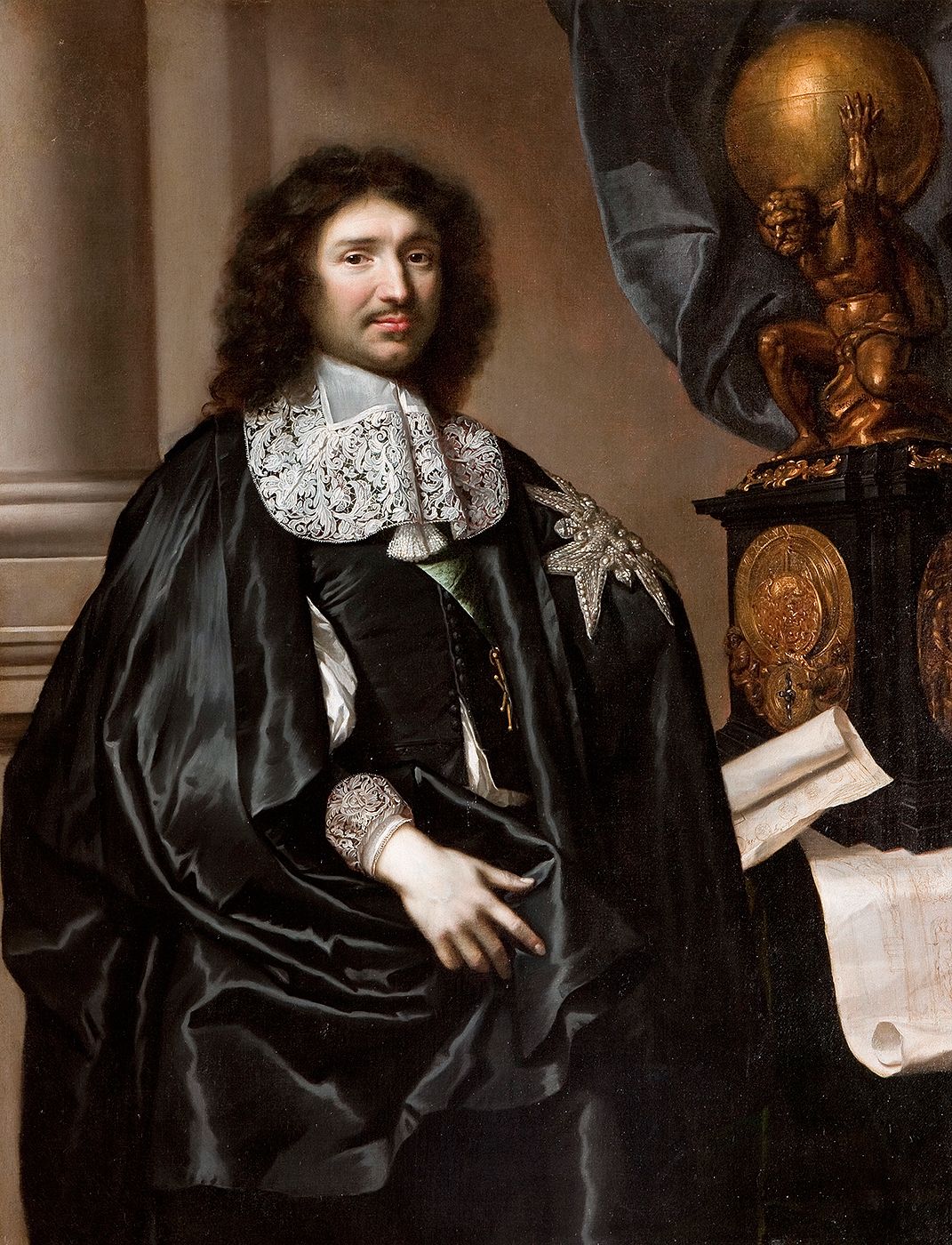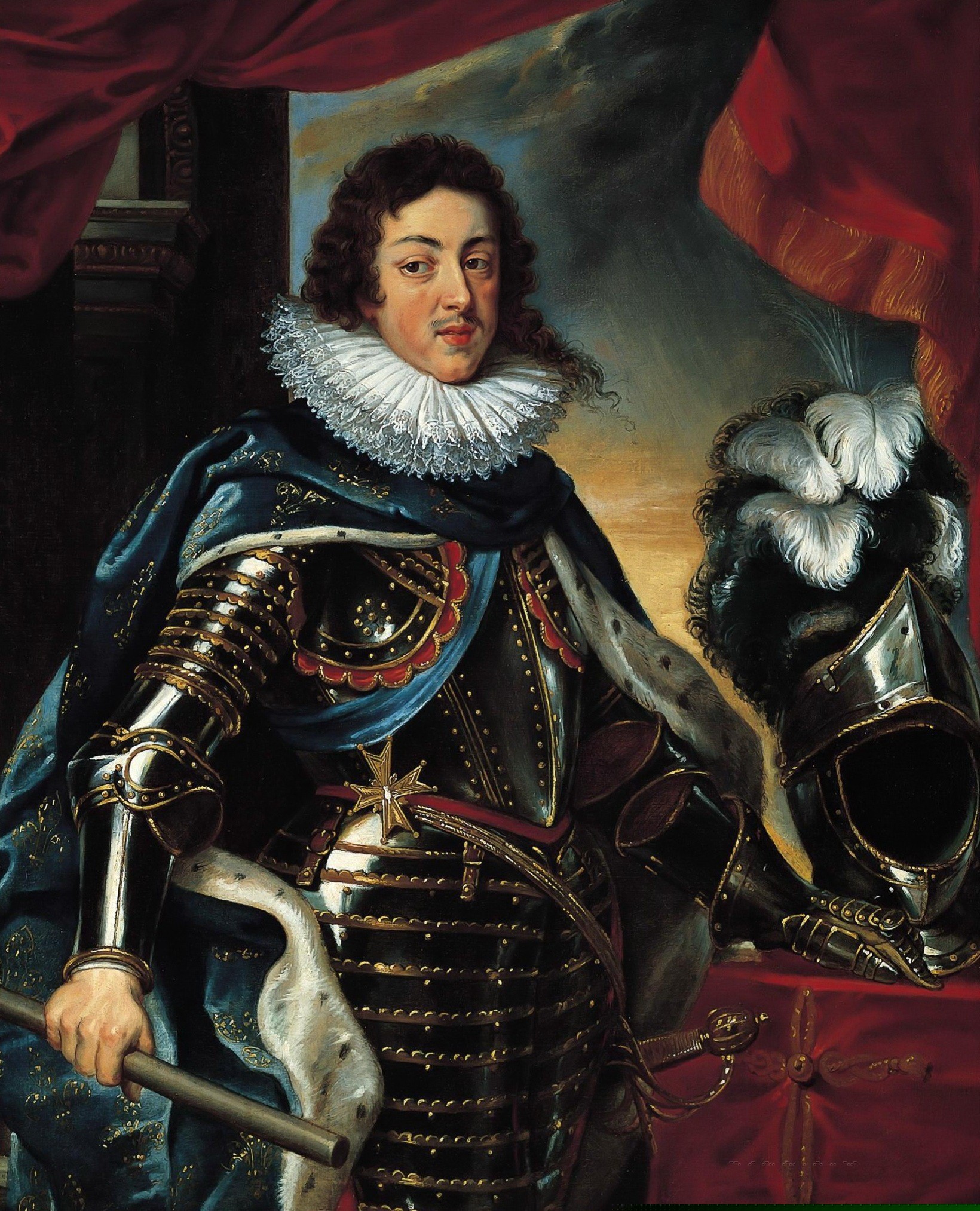|
Hôtel-Dieu De Lyon
The Hôtel-Dieu de Lyon () was a hospital of historical significance situated on the right bank of the Rhône river in Lyon, on the Presqu'île (the peninsula between the Saône and Rhône which run through the city centre). It has been out of use since 2010. As part of the Presqu'île district, the building was inscribed on the UNESCO World Heritage Site, World Heritage List along with other buildings within Lyon's historic centre. In 2019, an InterContinental hotel opened in the renovated building. History First erected in medieval times, the building originally served as the "Confrérie des frères pontifes" (est. 1184), a pontifical meeting-place and refuge for both traveling and local members of the clergy. However, when the first doctor Maître Martin Conras was hired in 1454, 'Hôtel-Dieu' became a fully functional hospital, one of the most important in France. As Lyon was a city known for its trade and seasonal fairs, many of the early patients were weary travelers of fore ... [...More Info...] [...Related Items...] OR: [Wikipedia] [Google] [Baidu] |
Rhône
The Rhône ( , ; Occitan language, Occitan: ''Ròse''; Franco-Provençal, Arpitan: ''Rôno'') is a major river in France and Switzerland, rising in the Alps and flowing west and south through Lake Geneva and Southeastern France before discharging into the Mediterranean Sea (Gulf of Lion). At Arles, near its mouth, the river divides into the Great Rhône () and the Little Rhône (). The resulting River delta, delta forms the Camargue region. The river's source is the Rhône Glacier, at the east edge of the Cantons of Switzerland, Swiss canton of Valais. The glacier is part of the Saint-Gotthard Massif, which gives rise to three other major rivers: the Reuss (river), Reuss, Rhine and Ticino (river), Ticino. The Rhône is, with the Po (river), Po and the Nile, one of the three Mediterranean rivers with the largest Discharge (hydrology), water discharge. Etymology The name ''Rhône'' continues the Latin name (Ancient Greek, Greek ) in Greco-Roman geography. The Gaulish name of t ... [...More Info...] [...Related Items...] OR: [Wikipedia] [Google] [Baidu] |
Louis XIII Of France
Louis XIII (; sometimes called the Just; 27 September 1601 – 14 May 1643) was King of France from 1610 until his death in 1643 and King of Navarre (as Louis II) from 1610 to 1620, when the crown of Navarre was merged with the French crown. Shortly before his ninth birthday, Louis became king of France and Navarre after his father Henry IV of France, Henry IV was assassinated. His mother, Marie de' Medici, acted as regent during his minority. Mismanagement of the kingdom and ceaseless political intrigues by Marie and her Italian favourites led the young king to take power in 1617 by exiling his mother and executing her followers, including Concino Concini, the most influential Italian at the French court. Louis XIII, taciturn and suspicious, relied heavily on his chief ministers, first Charles d'Albert, duc de Luynes and then Cardinal Richelieu, to govern the Kingdom of France. The King and the Cardinal are remembered for establishing the ''Académie française'', and ending ... [...More Info...] [...Related Items...] OR: [Wikipedia] [Google] [Baidu] |
Buildings And Structures In Lyon
A building or edifice is an enclosed structure with a roof, walls and windows, usually standing permanently in one place, such as a house or factory. Buildings come in a variety of sizes, shapes, and functions, and have been adapted throughout history for numerous factors, from building materials available, to weather conditions, land prices, ground conditions, specific uses, prestige, and aesthetic reasons. To better understand the concept, see ''Nonbuilding structure'' for contrast. Buildings serve several societal needs – occupancy, primarily as shelter from weather, security, living space, privacy, to store belongings, and to comfortably live and work. A building as a shelter represents a physical separation of the human habitat (a place of comfort and safety) from the ''outside'' (a place that may be harsh and harmful at times). buildings have been objects or canvasses of much artistic expression. In recent years, interest in sustainable planning and building pract ... [...More Info...] [...Related Items...] OR: [Wikipedia] [Google] [Baidu] |
19th Century In Lyon
19 (nineteen) is the natural number following 18 and preceding 20. It is a prime number. Mathematics Nineteen is the eighth prime number. Number theory 19 forms a twin prime with 17, a cousin prime with 23, and a sexy prime with 13. 19 is the fifth central trinomial coefficient, and the maximum number of fourth powers needed to sum up to any natural number (see, Waring's problem). It is the number of compositions of 8 into distinct parts. 19 is the eighth strictly non-palindromic number in any base, following 11 and preceding 47. 19 is also the second octahedral number, after 6, and the sixth Heegner number. In the Engel expansion of pi, 19 is the seventh term following and preceding . The sum of the first terms preceding 17 is in equivalence with 19, where its prime index (8) are the two previous members in the sequence. Prime properties 19 is the seventh Mersenne prime exponent. It is the second Keith number, and more specifically the first Keith prime ... [...More Info...] [...Related Items...] OR: [Wikipedia] [Google] [Baidu] |
2nd Arrondissement Of Lyon
The 2nd arrondissement of Lyon () is one of the nine arrondissements of Lyon, arrondissements of the City of Lyon. History The first five Arrondissements of Lyon, arrondissements of Lyon were created by the Decree of March 24, 1852, which included the 2nd arrondissement. Geography Area and demographics The 2nd arrondissement is the most commercial and most lively ones of Lyon. * Area: * 1990 : 27,971 inhabitantsLyon 2ème arrondissemenGrandlyon.com (Retrieved May 23, 2009) * 2006 : 30,276 inhabitants * Relative density : Districts The districts (quarters) of the 2nd arrondissement are : * Les Cordeliers * Bellecour * Les Célestins * La Confluence * Ainay * Perrache (quarter), Perrache * Sainte-Blandine Streets and squares * Cours Charlemagne * Cours de Verdun * Cours Suchet * Passage de l'Argue * Palais de la Bourse (Lyon), Palais de la Bourse * Place Ampère * Place Bellecour * Place Antonin-Poncet * Place Carnot * Place de la République (Lyon), Place de la République * ... [...More Info...] [...Related Items...] OR: [Wikipedia] [Google] [Baidu] |
History Of Lyon
Lyon is a city in the southeast of France. The area has been inhabited since prehistoric times and was one of the most important cities of the Roman Empire, Lugdunum. After the Battle of Lugdunum (197) the city never fully recovered, and Lyon was built out of its ashes becoming a part of the Kingdom of the Burgundians. Antiquity Before Roman settlement Traces of human occupation during the Stone Age suggest that there may have already been trade routes from the Mediterranean to Northern Europe which passed through the site. By the Iron Age, an emporium (antiquity), emporium existed which traded with Vienne, Isère, Vienne (the Allobroges capital), where the Romans were already present. There is little evidence that there was much settlement in the area, but there is strong archeological evidence that Fourvière was a site where groups met and feasted, as they left thousands of amphora and animal bones behind. While there may not have been extensive settlement, there was alrea ... [...More Info...] [...Related Items...] OR: [Wikipedia] [Google] [Baidu] |
Place Bellecour
The Place Bellecour () is a large square in the centre of Lyon, France, to the north of the Ainay district. Measuring 312 m by 200 m (6.2 ha or 15 acres), it is one of the largest open squares (without any patches of greenery or trees) in Europe, and the third biggest square in France, behind the Place des Quinconces in Bordeaux (12.6 ha) and the Place de la Concorde in Paris (8.6 ha). It is also the largest pedestrian square in Europe: vehicles are allowed on the Place de la Concorde and Place des Quinconces. In the middle is an equestrian statue of King Louis XIV by François-Frédéric Lemot (1825). Another statue, representing the Petit Prince and Antoine de Saint-Exupéry, is at the west end of the square. The square also has two pavilions, housing the tourist information office of Lyon and an art gallery. The square is part of a UNESCO World Heritage Site. Location This square forms the central focus of the Presqu'île (peninsula), between t ... [...More Info...] [...Related Items...] OR: [Wikipedia] [Google] [Baidu] |
Jean-Baptiste Colbert
Jean-Baptiste Colbert (; 29 August 1619 – 6 September 1683) was a French statesman who served as First Minister of State from 1661 until his death in 1683 under the rule of King Louis XIV. His lasting impact on the organization of the country's politics and markets, known as Colbertism, a doctrine often characterized as a variant of mercantilism, earned him the nickname ''le Grand Colbert'' (; "the Great Colbert"). A native of Reims, he was appointed Intendant of Finances on 4 May 1661. Colbert took over as Controller-General of Finances, a newly created position, in the aftermath of the arrest of Nicolas Fouquet for embezzlement, an event that led to the abolishment of the office of Superintendent of Finances. He worked to develop the domestic economy by raising tariffs and encouraging major public works projects, as well as to ensure that the French East India Company had access to foreign markets, so that they could always obtain coffee, cotton, dyewoods, fur, pepper, ... [...More Info...] [...Related Items...] OR: [Wikipedia] [Google] [Baidu] |
Louis XIV Of France
LouisXIV (Louis-Dieudonné; 5 September 16381 September 1715), also known as Louis the Great () or the Sun King (), was King of France from 1643 until his death in 1715. His verified reign of 72 years and 110 days is the List of longest-reigning monarchs, longest of any monarch in history. An emblem of the Absolutism (European history), age of absolutism in Europe, Louis XIV's legacy includes French colonial empire, French colonial expansion, the conclusion of the Thirty Years' War involving the Habsburgs, and a controlling influence on the Académie royale de peinture et de sculpture, style of fine arts and architecture in France, including the transformation of the Palace of Versailles into a center of royal power and politics. Louis XIV's pageantry and opulence helped define the French Baroque architecture, French Baroque style of art and architecture and promoted his image as absolute ruler of France in the early modern period. Louis XIV began his personal rule of France ... [...More Info...] [...Related Items...] OR: [Wikipedia] [Google] [Baidu] |
Jacques-Germain Soufflot
Jacques-Germain Soufflot (, 22 July 1713 – 29 August 1780) was a French architect in the international circle that introduced neoclassicism. His most famous work is the Panthéon in Paris, built from 1755 onwards, originally as a church dedicated to Saint Genevieve. Biography Soufflot was born in Irancy, near Auxerre. In the 1730s he attended the French Academy in Rome, where young French students in the 1750s would later produce the first full-blown generation of Neoclassical designers. Soufflot's models were less the picturesque Baroque being built in modern Rome, as much as the picturesque aspects of monuments of antiquity. After returning to France, Soufflot practiced in Lyon, where he built the ''Hôtel-Dieu'', like a chaste riverside street facade, interrupted by the central former chapel, its squared dome with illusionistic diminishing coffers on the interior. With the Temple du Change, he was entrusted with completely recasting a 16th-century market exchange bui ... [...More Info...] [...Related Items...] OR: [Wikipedia] [Google] [Baidu] |
Cardinal Richelieu
Armand Jean du Plessis, 1st Duke of Richelieu (9 September 1585 – 4 December 1642), commonly known as Cardinal Richelieu, was a Catholic Church in France, French Catholic prelate and statesman who had an outsized influence in civil and religious affairs. He became known as the Red Eminence (), a term derived from the style of Eminence (style), Eminence applied to Cardinal (Catholic Church), cardinals and their customary red robes. Consecrated a bishop in 1607, Richelieu was appointed Secretary of State for Foreign Affairs (France), Foreign Secretary in 1616. He continued to rise through the hierarchy of both the Catholic Church and the French government, becoming a Cardinal (Catholic Church), cardinal in 1622 and Chief minister of France, chief minister to King Louis XIII, Louis XIII of France in 1624. He retained that office until his death in 1642, when he was succeeded by Cardinal Cardinal Mazarin, Jules Mazarin, whose career the cardinal had fostered. Richelieu became enga ... [...More Info...] [...Related Items...] OR: [Wikipedia] [Google] [Baidu] |
Guillaume Ducellet ()
{{disambig ...
Guillaume may refer to: People * Guillaume (given name), the French equivalent of William * Guillaume (surname), the French equivalent of Williams Places * Guillaume (crater), Moon, Earth-Moon System, Solar System * Guillaumes, Vence, Nice, Alpes-Maritimes, Provence-Alpes-Côte d'Azur, France; a commune Other uses * Saint-Guillaume (other) See also * ''Chanson de Guillaume'', an 11th or 12th century poem * Guillaume affair, a Cold War espionage scandal that led to the resignation of West German Chancellor Willi Brandt * * William (other) William is a masculine given name. William may also refer to: People * List of people named William, a list of people with the given name * King William (other), lists various kings named ''William'' * Prince William (other) ... [...More Info...] [...Related Items...] OR: [Wikipedia] [Google] [Baidu] |








